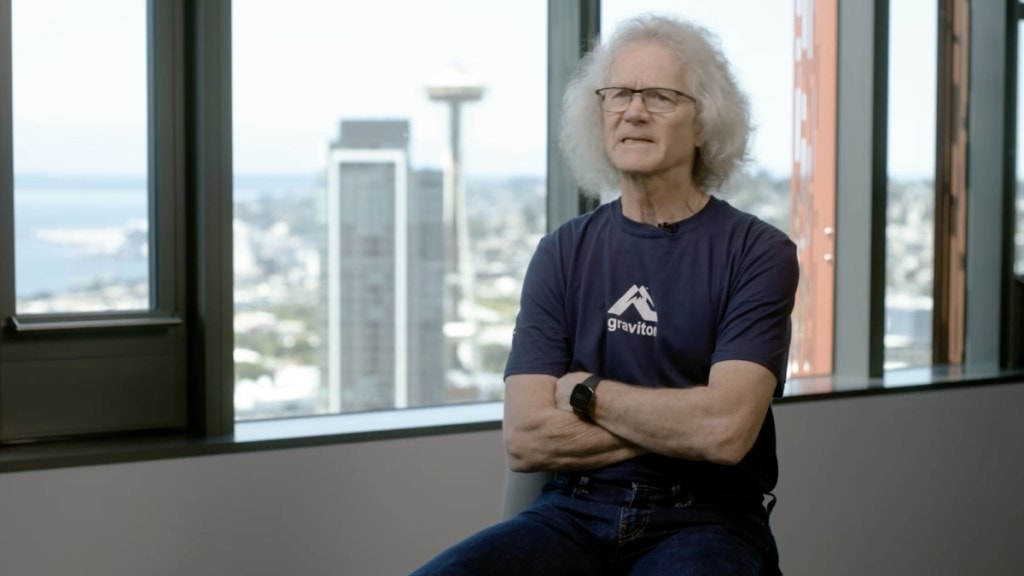Amidst the recent AWS outage, one name emerged in discussions across the community forums – James Hamilton. The Senior Vice President at Amazon isn’t just a high-ranking executive – he is widely recognised as one of the primary architects of the massive, globe-spanning infrastructure that powers Amazon Web Services (AWS).
Hamilton’s story is one that deserves its own Hollywood movie – his career trajectory is unique, moving from a garage working on high-end exotic cars to designing one of the world’s largest cloud computing foundations that underlies millions of businesses worldwide. As the architect of Amazon’s cloud computing, Hamilton is considered a distinguished engineer who plays a crucial role in Amazon’s software business.
James Hamilton: From Maserati mechanic to Cloud maestro
Hamilton’s career began far from the data centers you come to hear of today. He initially worked as an auto mechanic, specialising in high-performance Italian vehicles like Maserati, Ferrari, Lamborghini, and Alfa Romeo at Eurocar in Victoria.. This early experience as a mechanic, though unrelated to cloud computing, laid the groundwork for his engineering discipline – diagnosing complex systems, understanding failure points, and prioritising operational integrity.
Soon after, he pivoted to computer science by earning degrees from the University of Victoria and a Master of Mathematics from the University of Waterloo. This shift launched him into a two-decade run in enterprise software.
At IBM, he was instrumental as the lead architect for the DB2 Database Engine and even led the team that produced the company’s first C++ compiler. He then spent twelve years at Microsoft, where he focused heavily on the SQL Server and later, cloud services as the leader of Microsoft Exchange Hosted Services. His experience across compilers, databases, and enterprise software gave him a holistic view of the technology stack — a critical asset for joining AWS.
The Four Hamiltons philosophy
Hamilton joined Amazon in 2009 and quickly focused on solving the fundamental challenges of infrastructure – efficiency, reliability, and scaling. His work is best captured in his influential operational philosophy, the “Four Hamiltons” Framework for mitigating faults in any complex system. This framework includes:
1. Avoid it: Engineer the system to prevent faults entirely.
2. Mask it: Use redundancy (like Multi-AZ deployments) to hide failures from the customer.
3. Bound it: Minimise the impact of unavoidable failures by isolating them to small fault zones.
4. Fix it Fast: Ensure rapid recovery when a failure does occur.
Hamilton’s impact at AWS is visible in its physical architecture. He championed the project to design and deploy AWS’s own custom networking hardware and software stack inside its data centers – all in a bid to ensure maximum efficiency and control over the vast cloud network. He also made significant innovations in data center power distribution and cooling, directly addressing potential single points of failure.
Hamilton beyond the server rack
Hamilton currently holds over 200 patents in areas ranging from database technology to data center power. He has also been seen sharing his insights at conferences like AWS re:Invent, contributing a wealth of knowledge that extends beyond Amazon.
Despite his professional focus, Hamilton maintains a vibrant personal life. He is an enthusiast of Formula 1 and NFL football. In a nod to his sea-faring spirit, he and his wife have pursued a long-term goal of circumnavigating the world in their private boat, the MV Dirona, which he documents on his personal site. He frequently writes about the technical challenges and engineering solutions related to the boat, essentially applying his “Distinguished Engineer” mindset to his hobby.








